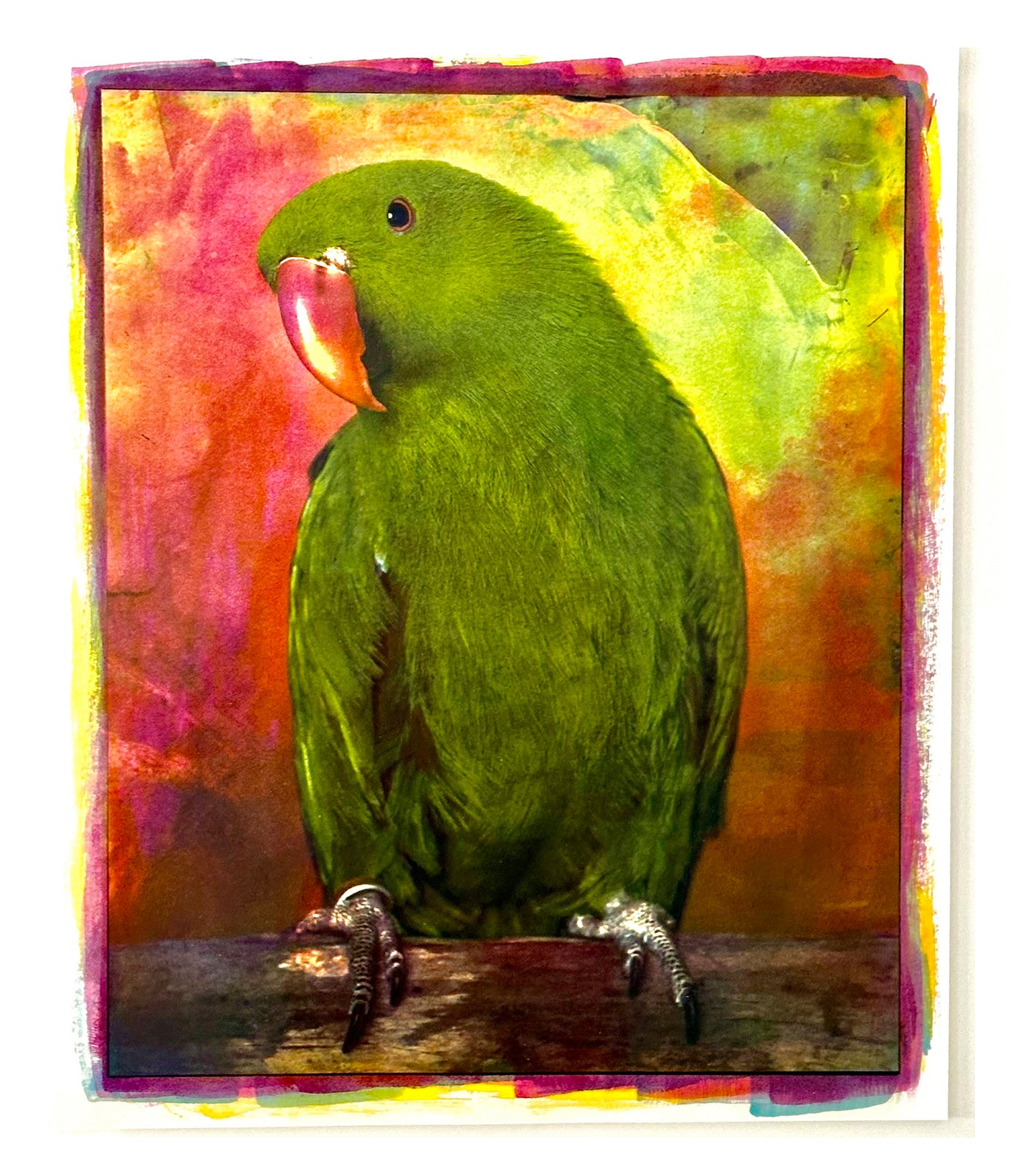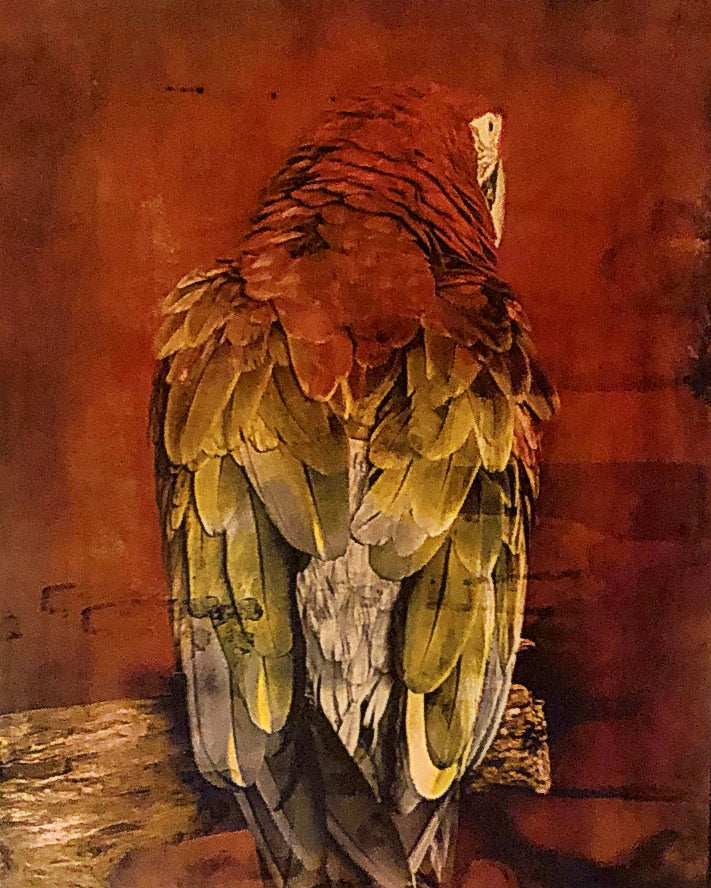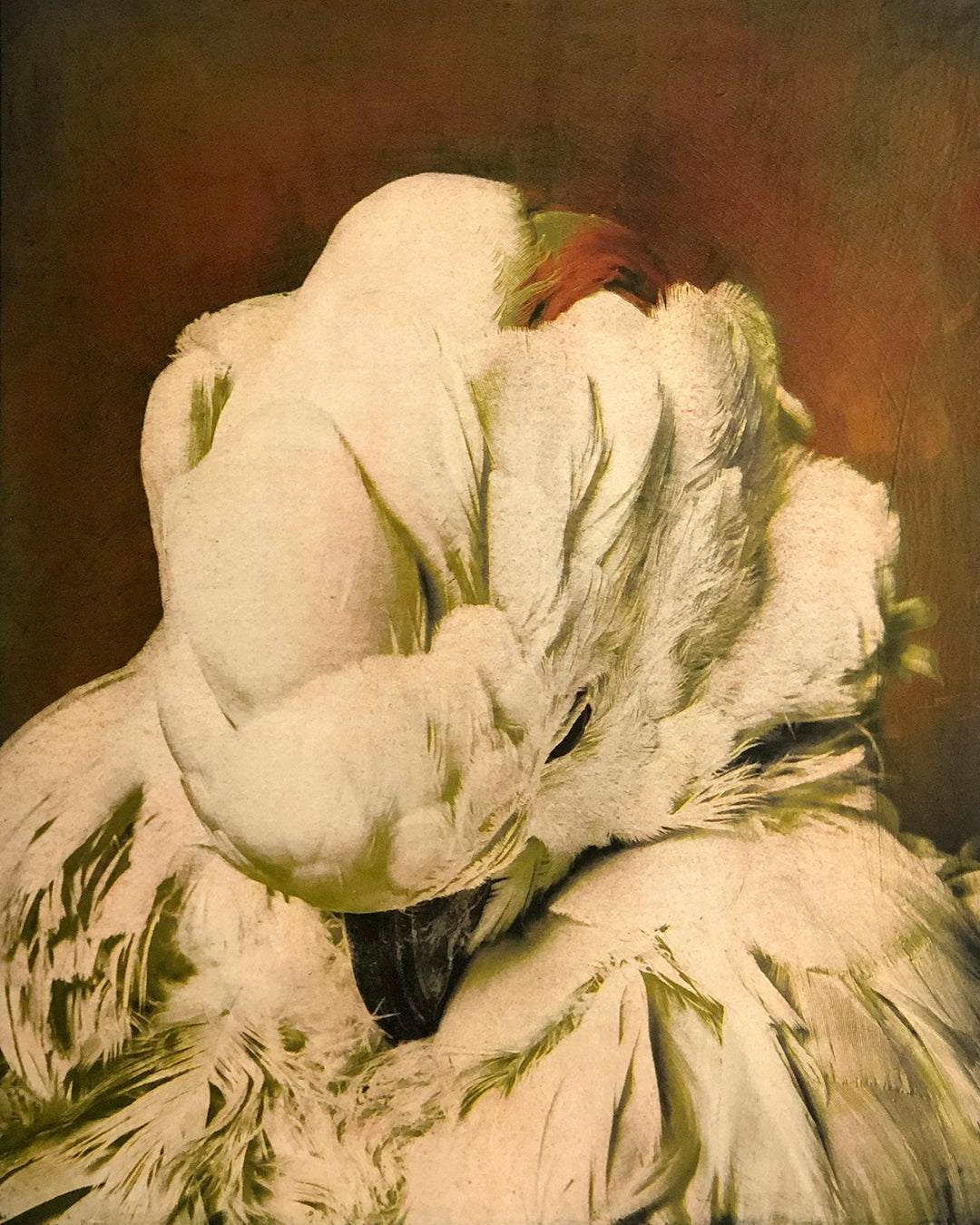This store requires javascript to be enabled for some features to work correctly.
Christine Fitzgerald is a photo-based artist who grew up in the Eastern Townships in Québec, who now lives and works in Ottawa, Canada. Her work is inspired by her French-Canadian roots and her love of the natural world. She sees photography as a medium for creating unique physical objects. This growing conviction is the basis of her current artistic practice, as she explores the possibilities of using antiquated methods of image and photographic print making as a means of expression.
A graduate of the School of the Photographic Arts: Ottawa, and Acadia and Dalhousie Universities, Christine completed an artist residency at the Ottawa School of Art, was an invited visiting artist in print media at York University, and was one of 15 visual artists selected for the historic Canada C3 Expedition on Canada’s 150th anniversary. The work inspired by her Expedition experience was part of the Open Channels national exhibition in Âjagemô Hall at the Canada Council for the Arts in Ottawa, Canada.
Christine has been the recipient of grants from the Ontario Arts Council and the Canada Council for the Arts, and numerous awards including the prestigious City of Ottawa 2023 Karsh Award, the 2016 International Fine Art Photographer of the Year from the Lucie Foundation and was one of the 2017 winners of the International Julia Margaret Cameron Award for women photographers. In 2018, she had the privilege of creating a portrait of Dr. Jane Goodall on the occasion of her 85th birthday. Her work is in public and private collections and has been featured by the CBC, The Washington Post, the National Geographic, and Black+White Photography UK. In 2020, her artwork was at the Canadian Embassy in Washington, D.C. as part of the featured exhibition, New Light: Canadian Women Artists and as part of the Canadian Open Channels Exhibition at the 2020 International Frankfurt Book Fair, in Frankfurt, Germany. In 2023, Christine won the prestigious Karsh Award, for her outstanding body of work and significant contribution to the artistic discipline in a photo/lens-based medium. Christine was inducted in the Royal Canadian Academy of Arts (RCA) in 2024.
-
-
Acquired
-
-
Acquired
-
-
-
-
-
-
-
-
-
-
Acquired
-
Acquired
-
Acquired



















